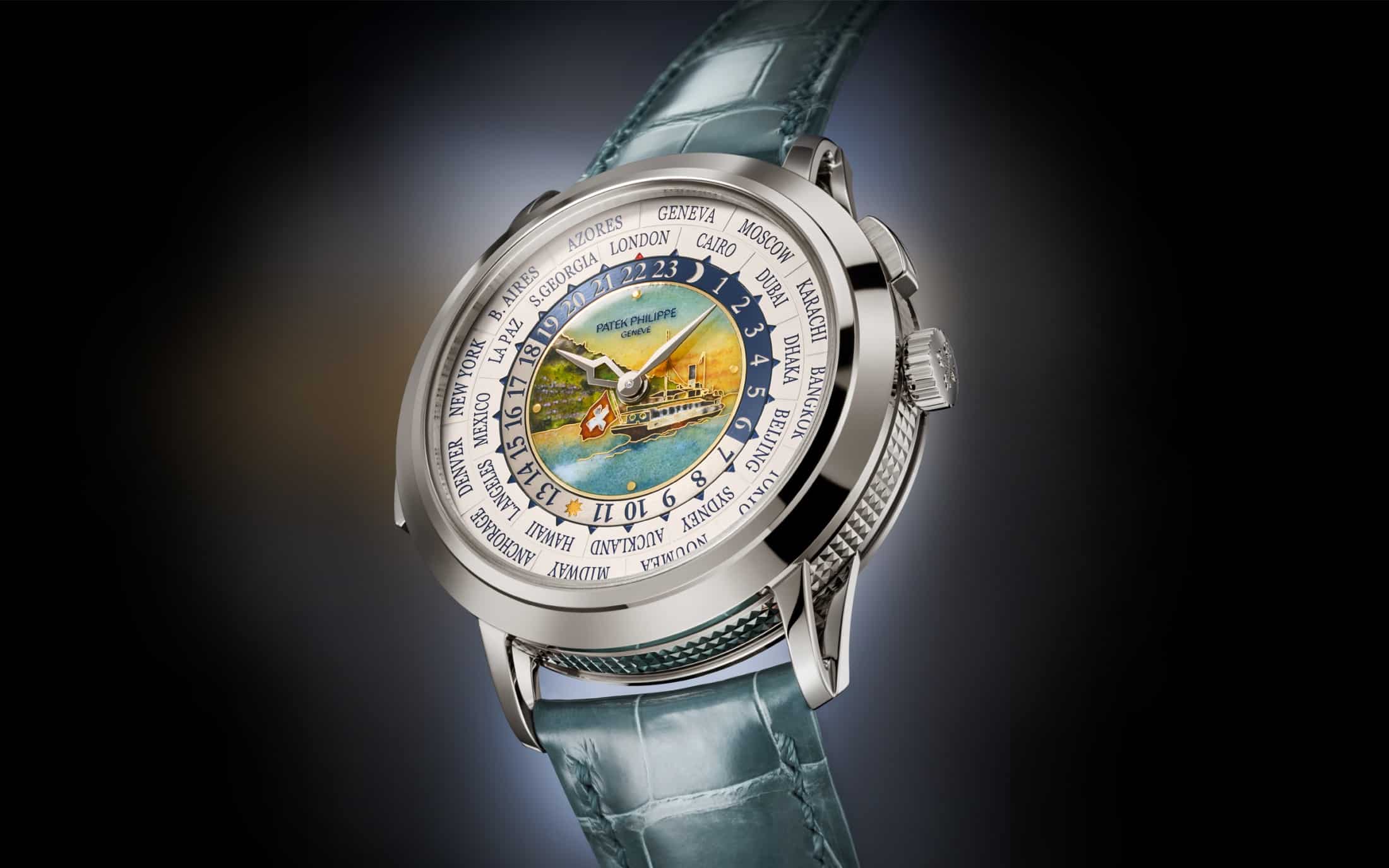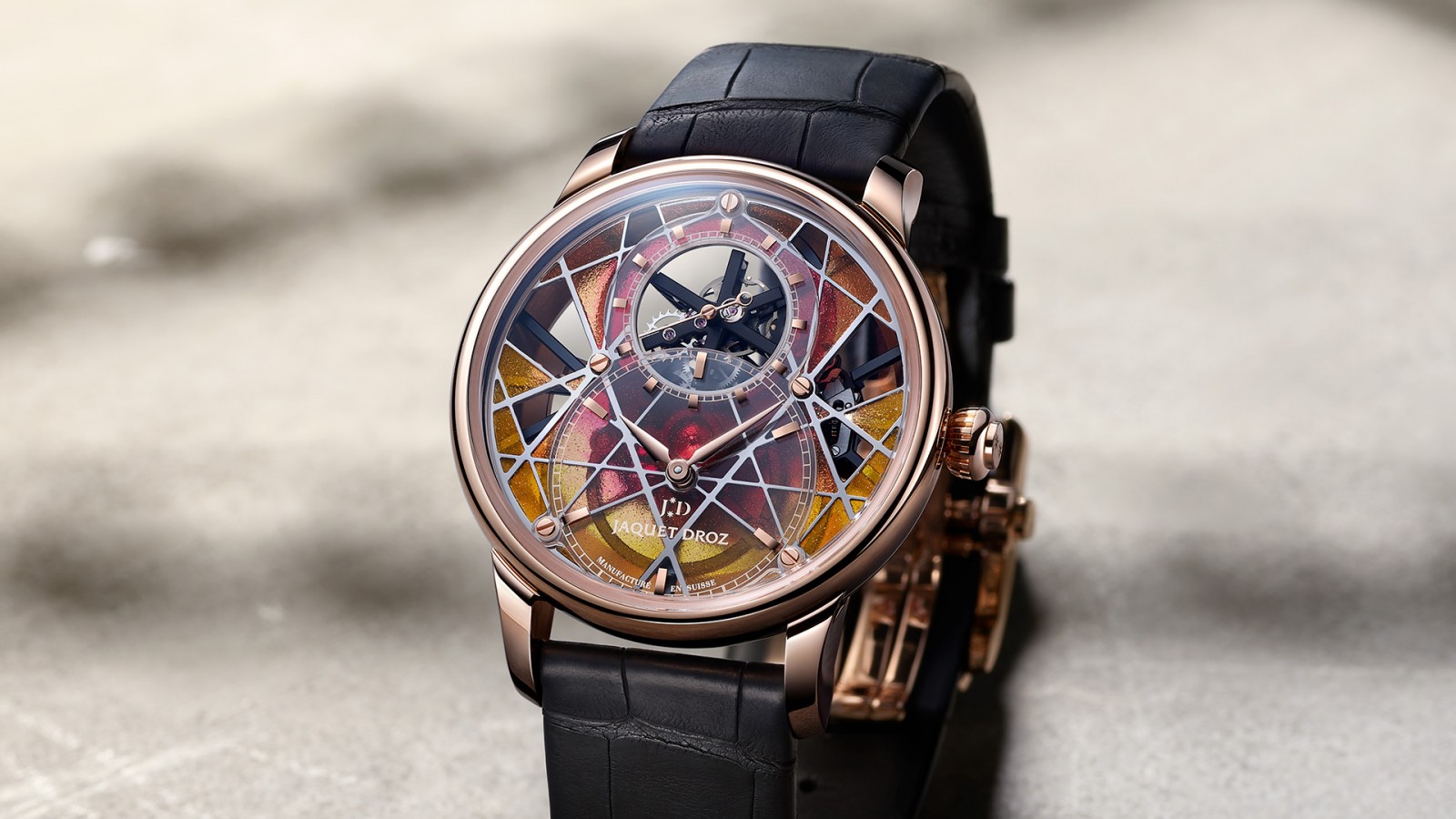INSIDE THE ORANGE BOX: A LIFETIME OF COLLECTING, PROPERTY FROM AN IMPORTANT EUROPEAN COLLECTOR

AMSTERDAM – On 28 June, Christie’s Amsterdam closed the online sale of an exceptional single-owner collection of Hermès handbags, lifestyle accessories, scarves, homeware, jewellery, watches and scarves with Inside the Orange Box: A Lifetime of Collecting, Property from an Important European Collector: Part III, achieving a total of €1,927,044 / £1,659,814 / $2,111,283. This follows parts I and parts II of the auction in June and October 2022 in Milan, bringing the combined total for this extraordinary three-part collection to €5,935,230 / £5,146,132 / $6,237,136, a new record for any single-owner handbag collection at auction.
Inside the Orange Box: A Lifetime of Collecting, Property from an Important European Collector: Part III featured over 350 lots by the iconic brand Hermès and spanned over three decades of Hermès creativity. The sale attracted global participation with registrants from 54 countries. The sale was 100% sold by lot and 54% of new registrants to the sale were millennials. Leading the white glove sale was a rare, matte white Himalaya Niloticus Crocodile Birkin 35 which sold for €94,500 / £81,395 / $102,151, surpassing its pre-sale low estimate of €60,000. An additional leading highlight was a Custom Petit H Denim & Black Evercalf Leather Shadow Birkin 40 which sold for €50,400 / £43,411 / $54,481. A Petit H Jaune D’Or Clemence Leather, Black Crocodile & Black Fox Fur Kelly 28 by Hermès achieved €35,280/ £30,388 / $38,136.
Further notable results include a Hermès Matte Blue Paon Alligator Birkin 35 which realised €47,880 / £41,240 / $51,757 alongside a Hermès matte Sanguine alligator Birkin 30 which achieved €44,100 / £37,984 / $47,671.
A selection of accessories and lifestyle items additionally achieved strong results: a limited edition 18k White Gold & Mother-of-Pearl Dial Marche du Zambèze Automatic Wrist Watch by Hermès sold for €13,860 / £11,938 / $14,982 exceeding its estimate of €2,000-3,000. A group of six silver pill boxes in the shape of Hermès handbags sold for €10,710 / £9,225 / $11,577.
Lucile Andreani, Head of Handbags, Christie’s EMEA: “We are thrilled with the results of this exciting three-part single owner collection with a total of €5,935,230 / £5,146,132 / $6,237,136. The first Christie’s handbags auction in Amsterdam, Inside the Orange Box is the largest single owner collection of Hermès handbags and accessories to ever appear at auction, and we are delighted with the phenomenal results of these three online sales, setting a new record for any private handbag collection sold at auction. The Handbags and Accessories department continues to attract millennials, with over half of our new registrants representing the millennial generation.”
Sale Highlights

About Christie’s
Founded in 1766, Christie’s is a world-leading art and luxury business. Renowned and trusted for its expert live and online auctions, as well as its bespoke private sales, Christie’s offers a full portfolio of global services to its clients, including art appraisal, art financing, international real estate and education. Christie’s has a physical presence in 46 countries, throughout the Americas, Europe, Middle East, and Asia Pacific, with flagship international sales hubs in New York, London, Hong Kong, Paris and Geneva. It also is the only international auction house authorized to hold sales in mainland China (Shanghai).
Christie’s auctions span more than 80 art and luxury categories, at price points ranging from $200 to over $100 million. Christie’s has sold 8 of the 10 most important single-owner collections in history, including the Paul G. Allen Collection—the most valuable collection ever offered at auction (November 2022). In recent years, Christie’s has achieved the world record price for an artwork at auction (Leonardo da Vinci’s Salvator Mundi, 2017), for a 20th century artwork (Andy Warhol’s Shot Sage Blue Marilyn, 2022) and for a work by a living artist (Jeff Koons’ Rabbit, 2019).
Christie’s Private Sales offers a seamless service for buying and selling art, jewellery and watches outside of the auction calendar, working exclusively with Christie’s specialists at a client’s individual pace.
Recent innovations at Christie’s include the groundbreaking sale of the first NFT for a digital work of art ever offered at a major auction house (Beeple’s Everydays, March 2021), with the unprecedented acceptance of cryptocurrency as a means of payment. As an industry leader in digital innovation, Christie’s also continues to pioneer new technologies that are redefining the business of art, including use of hologram technology to tour life-size 3D objects around the world, and the creation of viewing and bidding experiences that integrate augmented reality, global livestreaming, buy-now channels, and hybrid sales formats.
Christie’s is dedicated to advancing responsible culture throughout its business and communities worldwide, including achieving sustainability by reducing our carbon emissions by 50% and pledging to be net zero by 2030, and actively using its platform in the art world to amplify under-represented voices and support positive change.
Browse, bid, discover, and join us for the best of art and luxury at: www.christies.com or by downloading Christie’s apps. The COVID-related re-opening status of our global locations is available here.





























































